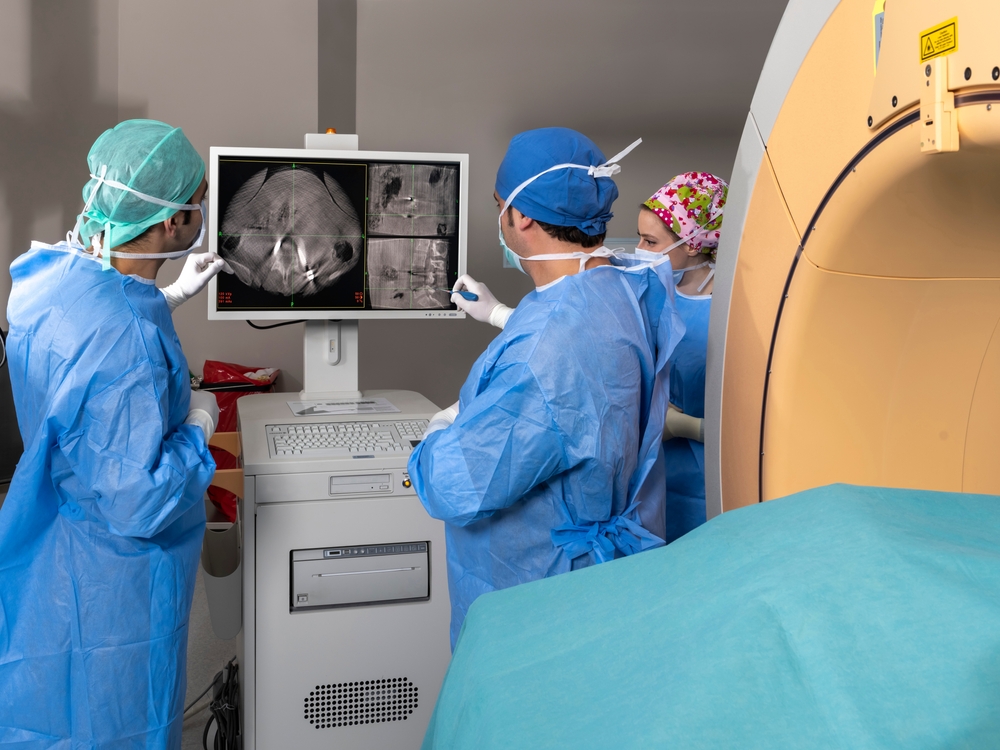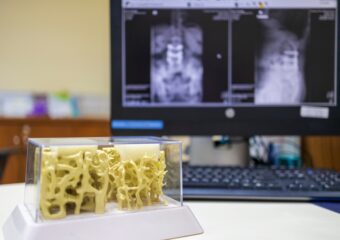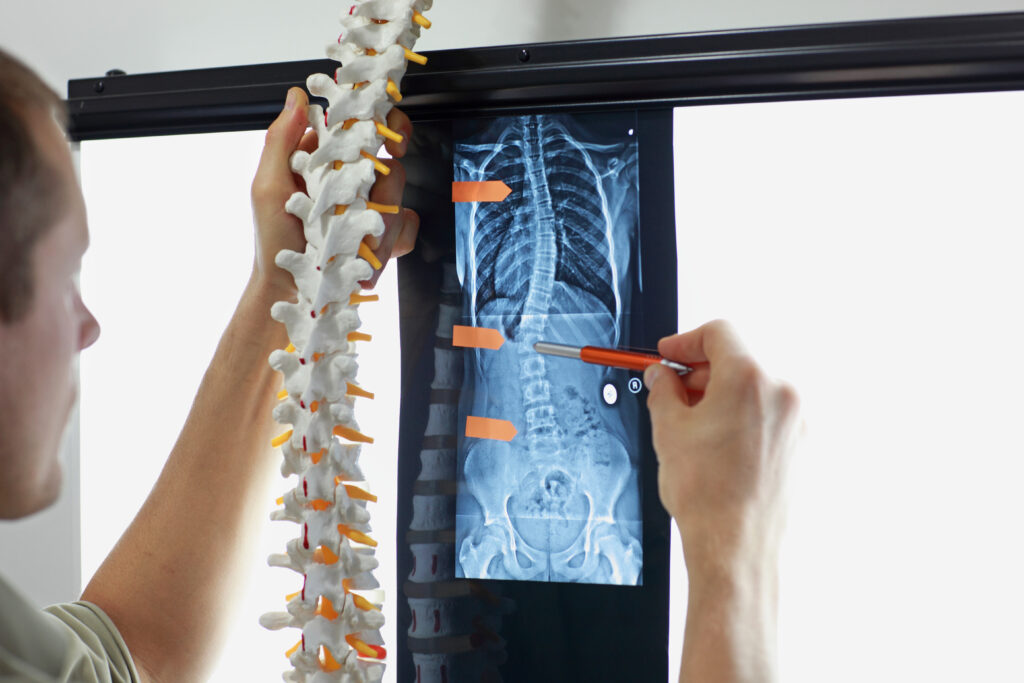
Intradural Tumor Resection (Cervical, Thoracic or Lumbar)

Intradural tumor resection is a surgical procedure aimed at removing tumors located within the dura mater, the inner layer of the spinal cord or brain. This type of surgery is typically performed to address tumors that grow inside the protective covering of the nervous system.




Unlike extradural tumors that are outside the dura mater, intradural tumors require careful surgical intervention by a board certified Neurosurgeon to minimize damage to surrounding neural structures. During intradural tumor resection, the surgeon carefully opens the dura mater to access the tumor. The tumor is then meticulously removed while preserving the integrity of the surrounding nerves and spinal cord or brain tissue.
The goal of the surgery is to achieve maximal tumor removal while minimizing the risk of neurological damage. In most cases, intraoperative monitoring techniques, such as neurophysiological monitoring, may be employed to assess the functional integrity of the nerves and spinal cord during the procedure. Recovery from intradural tumor resection varies based on factors such as the location and size of the tumor, as well as the overall health of the patient. Postoperative care may involve pain management, monitoring for complications, and rehabilitation to aid in the recovery of neurological function
Book An Appointment
"*" indicates required fields














